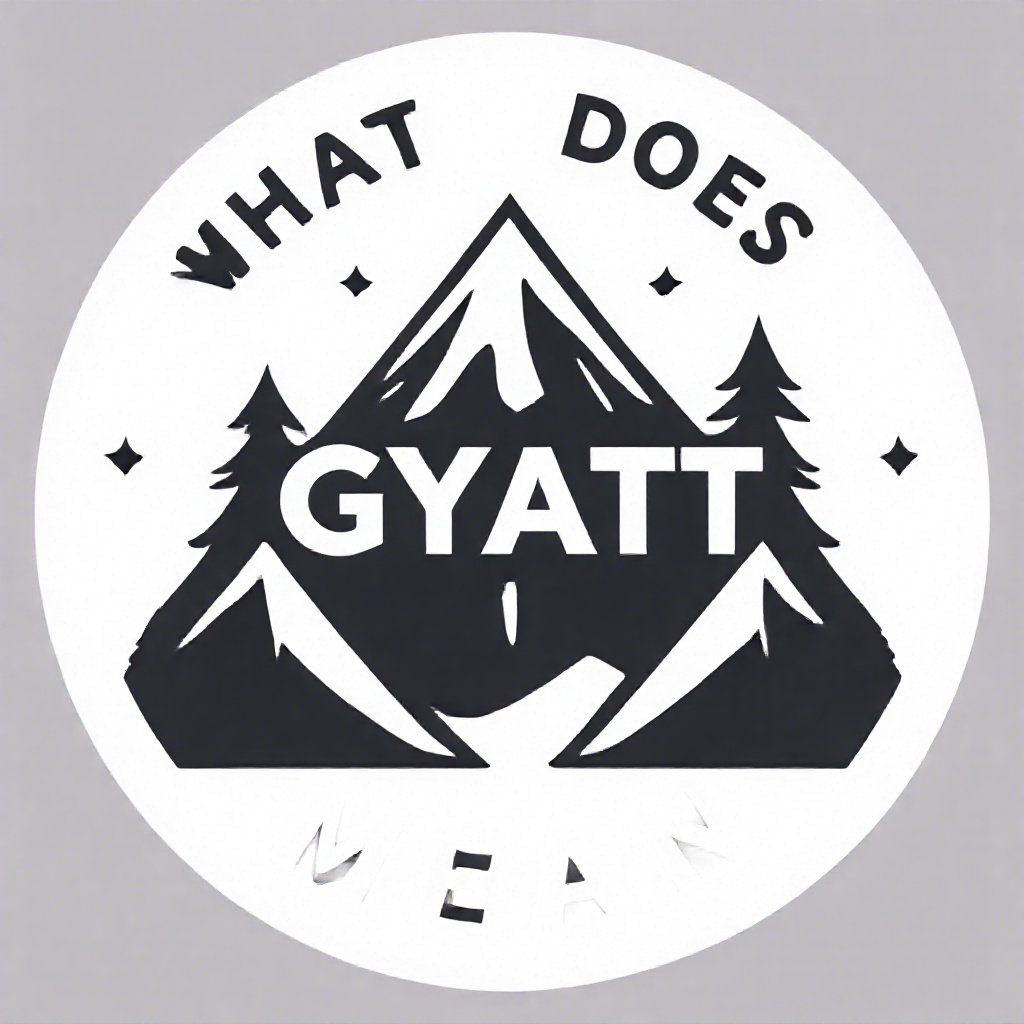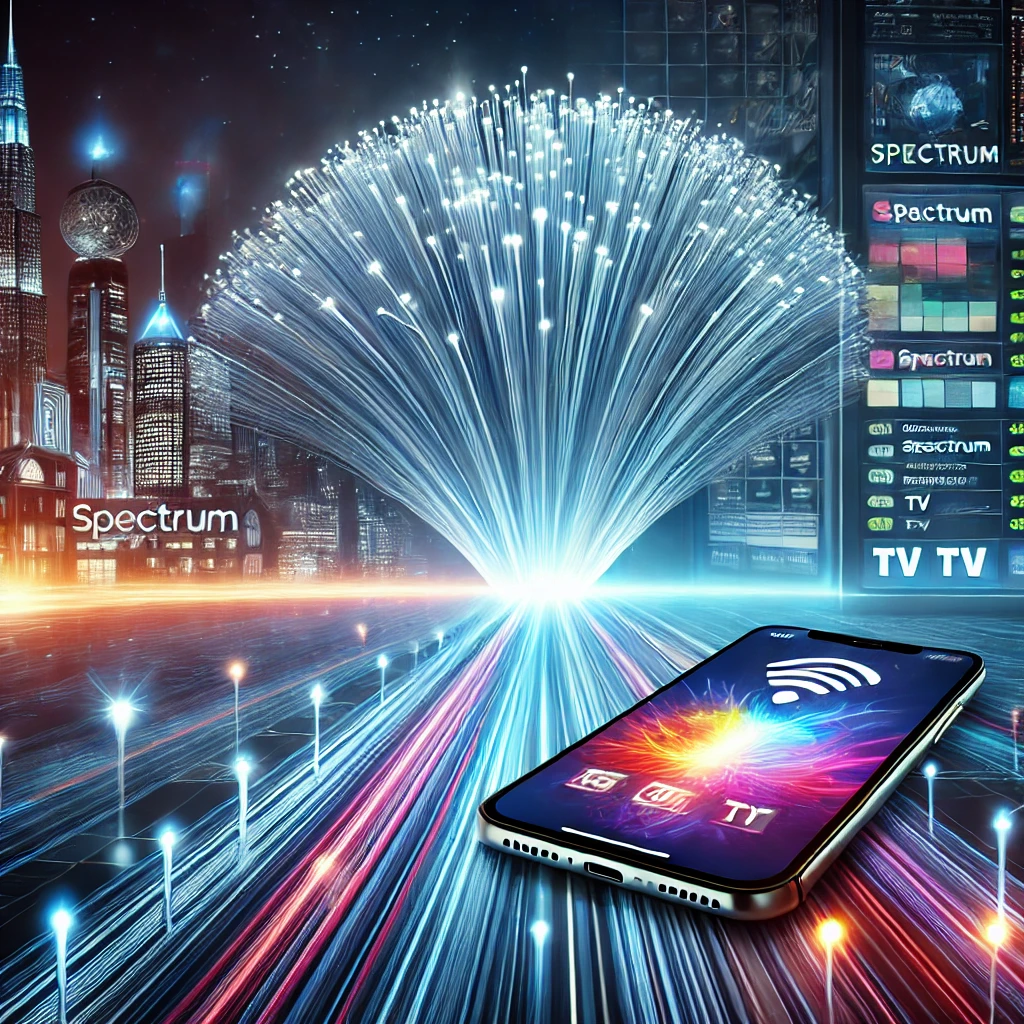Have you ever come across the term “gyatt” in a text message and wondered what it means? In the world of texting slang, “gyatt” is a shorthand way of expressing “god damn,” often used in response to seeing an attractive woman. This slang term has gained popularity among digital natives and is a prime example of how language evolves in the digital age. In this blog post, we will explore the origins of gyatt, its role in digital flirtation, its impact on texting language evolution, how to navigate its sensitivities in communication, and the future of slang in digital interactions.
Understanding Gyatt – From Origins to Texting
“Gyatt,” a playful twist on the exclamation “god damn,” epitomizes the inventive spirit of internet vernacular, especially when expressing admiration towards someone’s attractiveness. This term’s journey from niche online dialogues to widespread text message usage underscores its adaptability and the dynamic nature of digital communication. It sprang from the creative crucible of social media platforms and online communities, where linguistic innovation thrives unbounded by formal language constraints. As “gyatt” transitioned into texting culture, it became a shorthand for a potent mix of surprise, appreciation, and attraction, all without the need for lengthy explanations. Its convenience and expressive efficiency exemplify how digital communicators often favor brevity, relying on shared contextual understandings to convey complex emotions and reactions swiftly. This evolution from internet forums to everyday text conversations highlights not just the fluidity of digital language, but also the role of shared online experiences in forging new expressions. “Gyatt” serves as a marker of in-group knowledge, allowing users to instantly communicate shared sentiments in a single word, reflecting the broader trend of slang development in the digital era. As with many slang terms that have found footing in the digital lexicon, “gyatt” underscores the ongoing transformation of casual communication, driven by the desire for both efficiency and emotional resonance in our interactions.
The Role of Gyatt in Digital Flirtation
In digital flirtation, the playful incorporation of slang like “gyatt” enriches the interaction with a nuanced layer of casualness and intimacy. When two people are engaging in the dance of digital flirtation, dropping a term such as “gyatt” can signal a shared understanding and an informal tone, which often serves to lower barriers and foster a more open, relaxed exchange. This kind of linguistic playfulness adds zest to the conversation, inviting participants to step away from the constraints of formal language and into a more personal space where emotions and attractions are more freely expressed.
Using “gyatt” can also demonstrate a level of digital literacy and cultural savvy, suggesting that the user is not only current with contemporary slang but is also comfortable employing it in a manner that enhances communication rather than detracts from it. This can be particularly appealing in the context of flirtation, where showing off one’s personality and uniqueness is part of the allure.
Furthermore, the choice to use “gyatt” can imbue a message with a sense of spontaneity and humor, qualities that are often highly valued in romantic or flirtatious exchanges. It conveys excitement in a concise manner, encapsulating a wealth of feeling in a single term and thus demonstrating the power of language to convey complex emotional states succinctly. In essence, the strategic deployment of “gyatt” within digital flirtations acts as a verbal wink, a shared joke that deepens the connection between the communicators, highlighting the evolving nature of how we express attraction in the digital age.
Gyatt and the Evolution of Texting Language
The rise of “gyatt” within the lexicon of texting language is emblematic of how swiftly and creatively words can morph, gaining new meanings and uses in our digital dialogues. It exemplifies a broader linguistic phenomenon where the digital milieu acts as a catalyst for rapid language evolution. Traditional barriers to language development, such as geographic separation or formal standardization, are rendered moot in the digital realm. Here, language evolves in real-time, propelled by the global exchange of ideas and emotions across various online platforms.
This environment allows for the quick adoption and adaptation of terms like “gyatt,” reflecting not only the inventiveness of users but also their needs for succinct and impactful communication. In the context of texting, where brevity is often prized, slang serves as a powerful tool for conveying complex sentiments in a few characters, enriching the conversation with layers of meaning and emotion. “Gyatt” and similar slang terms carry with them the essence of the moment, encapsulating shared cultural moments, humor, and the human experience in a way that formal language sometimes fails to capture.
Moreover, the integration of such slang into everyday language use challenges the notion of what is considered “proper” language, inviting a more inclusive understanding of communication that values expression over convention. As digital platforms continue to foster new forms of slang, they not only enrich our textual interactions but also shape our collective linguistic identity, signaling an ongoing transformation that keeps the pulse on the ever-evolving way we connect and communicate.
Navigating the Sensitivities of Gyatt in Communication
The use of “gyatt” and similar slang in digital communications requires a thoughtful approach to ensure that interactions remain respectful and inclusive. Slang, by its nature, can have different connotations for different people, and what may seem playful or endearing to some might be perceived as disrespectful or inappropriate by others. This variability underscores the importance of context when incorporating such terms into messages. It’s crucial to consider the relationship between the individuals involved, the platform being used, and the overall tone of the conversation. For instance, using “gyatt” in a casual conversation among close friends who understand and appreciate the term’s usage might be acceptable, whereas it could be deemed offensive in more formal or professional settings.
Further, the digital realm often lacks the non-verbal cues that help convey intention in face-to-face interactions. Without these cues, there’s an increased risk of misinterpretation, making it even more important to choose words carefully. Before using slang like “gyatt,” pause to consider whether its use could be misconstrued or if it might alienate or offend the recipient.
Ultimately, the goal of communication should be to connect and engage with others positively. By being mindful of the diversity of perspectives and sensitivities that exist within digital spaces, individuals can navigate the use of slang in a way that fosters understanding and respect. This mindfulness not only enhances personal interactions but also contributes to a more inclusive and empathetic online community.
The Future of Slang in Digital Interactions
As digital platforms evolve, so too does the lexicon of slang that we use to navigate these spaces. The continuous advancement of technology promises an environment where slang can flourish and become even more integral to our online communications. Innovations in artificial intelligence, for instance, could lead to the creation of predictive text systems that are slang-aware, making it easier for users to inject personality and cultural relevance into their messages. Moreover, the globalization of digital communities means that slang from different cultures and languages may blend, giving rise to a rich tapestry of expressions that can cross borders with ease.
Virtual and augmented reality platforms present another frontier for the evolution of slang. As these technologies become more mainstream, they will offer new contexts for interaction, likely spawning unique slang terms that reflect the immersive experiences they provide. The nature of these interactions, potentially more visceral and visual than text-based communication, might influence slang to become more focused on shared virtual experiences rather than solely on linguistic expressions.
The dynamism of digital slang is a testament to human creativity and our ability to adapt language to fit the contours of our technological landscapes. As we look to the future, it’s clear that slang will not only continue to evolve but will also play a crucial role in shaping the identity and culture of digital communities worldwide.
Must Read: What Does GYATT Mean to a Girl: A TikTok Trend Explained
Conclusion – Embracing the Dynamics of Texting Slang
As we navigate through the ever-evolving landscape of digital communication, the emergence of terms like “gyatt” illustrates the playful, vibrant essence of modern texting slang. These expressions enrich our digital dialogues, allowing for a deeper, more nuanced connection among users. Understanding and embracing the fluidity of texting slang invites us to participate in a dynamic, shared cultural experience, enhancing the way we express emotions and ideas online. As digital interactions continue to shape our linguistic habits, being open to the ongoing changes ensures that we remain connected in an increasingly digital world. Reflecting on the journey of slang from niche expressions to integral parts of our daily conversations reminds us of the power of language to evolve and adapt, mirroring the human capacity for creativity and connection.











Leave a Reply